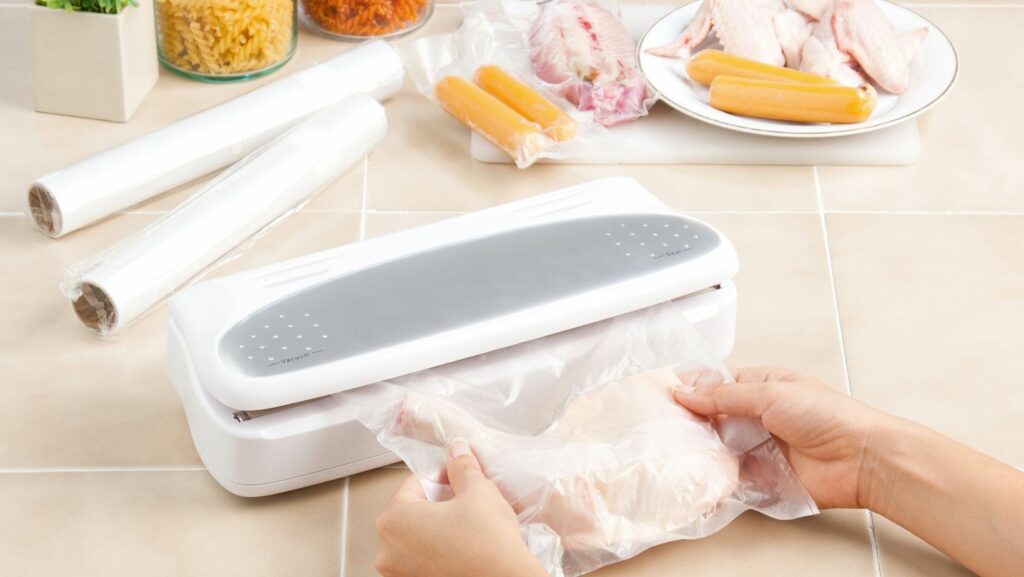Table of Contents
ToggleHow to Tell if Vacuum Sealed Meat is Bad
Are you wondering how to determine if vacuum-sealed meat is still safe to consume? Look no further, as I’m here to provide you with a comprehensive guide on this very topic. When it comes to ensuring the quality and freshness of your vacuum-sealed meat, there are a few key indicators you can rely on. Whether you’re a seasoned chef or just someone who enjoys cooking at home, understanding these signs will help you make informed decisions about the safety of your food.
Firstly, pay attention to the appearance of the packaging. Inspect the vacuum-sealed meat for any signs of damage, such as punctures or tears in the plastic wrap. If there are visible gaps in the seal or if air has entered the package, it could indicate potential spoilage. Additionally, look out for any discoloration or unusual odors emanating from the packaging – these are clear red flags that something may be amiss.
Secondly, consider checking the expiration date or “use by” date printed on the package. While vacuum sealing can extend the shelf life of meat, it doesn’t make it immune to eventual spoilage. If your vacuum-sealed meat has exceeded its recommended storage time, it’s best to err on the side of caution and discard it.
Lastly, trust your senses when evaluating vacuum-sealed meat. A fresh piece should have a pleasant smell and appear vibrant in color. Any strong off-putting odors or noticeable changes in texture could indicate bacterial growth or decay.
By following these guidelines and using common sense when assessing vacuum-sealed meat, you’ll be able to make informed decisions about its quality and safety. Remember that proper storage conditions also play a crucial role in maintaining freshness; refrigerate or freeze your vacuum-sealed meats promptly after purchase for optimal results.

Signs of Spoiled Vacuum Sealed Meat
When it comes to vacuum sealed meat, ensuring its freshness and quality is crucial. But how can you tell if your vacuum sealed meat has gone bad? In this guide, I’ll walk you through the signs to look out for when determining the spoilage of vacuum sealed meat.
- Foul Odor: One of the first indicators that your vacuum sealed meat may be spoiled is a strong, unpleasant odor. If you notice a sour or rancid smell coming from the package, it’s a sign that bacteria have started to grow and the meat has begun to spoil.
- Unusual Color: Fresh meat typically exhibits vibrant colors such as bright red or pink. However, if you observe any discoloration in your vacuum sealed meat, such as grayish or greenish hues, it’s an indication that bacterial growth or oxidation has occurred, rendering the meat unfit for consumption.
- Slimy Texture: Another telltale sign of spoiled vacuum sealed meat is a slimy texture on its surface. When harmful bacteria multiply on the surface of the meat, it can produce a slippery film that feels unpleasant to touch. This sliminess suggests decomposition and should be considered an alarming factor.
- Presence of Mold: If you spot mold growth on your vacuum sealed meat, it’s an unequivocal sign that spoilage has taken place. Mold thrives in moist environments and can contaminate not only the surface but also extend deeper into the product. Avoid consuming any food with visible mold growth.
- Abnormal Gas Release: When bacteria break down protein in spoiled meats, they release gases like ammonia and hydrogen sulfide which result in an off-putting odor and sometimes cause bloating within the packaging itself. If you notice excessive air pockets or unexpected gas releases upon opening your vacuum-sealed package, exercise caution and discard it immediately.
Remember, if you encounter any of these signs, it’s best to err on the side of caution and discard the vacuum sealed meat. Consuming spoiled meat can lead to foodborne illnesses, which can have serious health consequences. Always prioritize safety when it comes to determining the freshness and quality of your vacuum sealed meat.

